-
Bob Graham Round, leg 4 clockwise
Last year I ran leg 1 of a friend’s anticlockwise Bob Graham Round with him as a pacer. This was in the catatonic lee of the Fellsman, and I was letting my fitness drain away a little bit, and my Fellsman training had overindexed on distance rather than elevation, and I was also wearing the wrong pair of shoes: so on the descent down Dale Head I sort of fell behind by a couple of minutes and only barely arrived at Honister before my friend set off again up Grey Knotts.
Nearly a year has passed since then, and very little running in the Lakes in the meantime. I have, however, at least started to pay lip service to climbing in Castle Eden Dene at the North York Moors, so I was keen to see whether I could keep up on a group Striders run on a clockwise leg 4 recce over the bank holiday weekend.
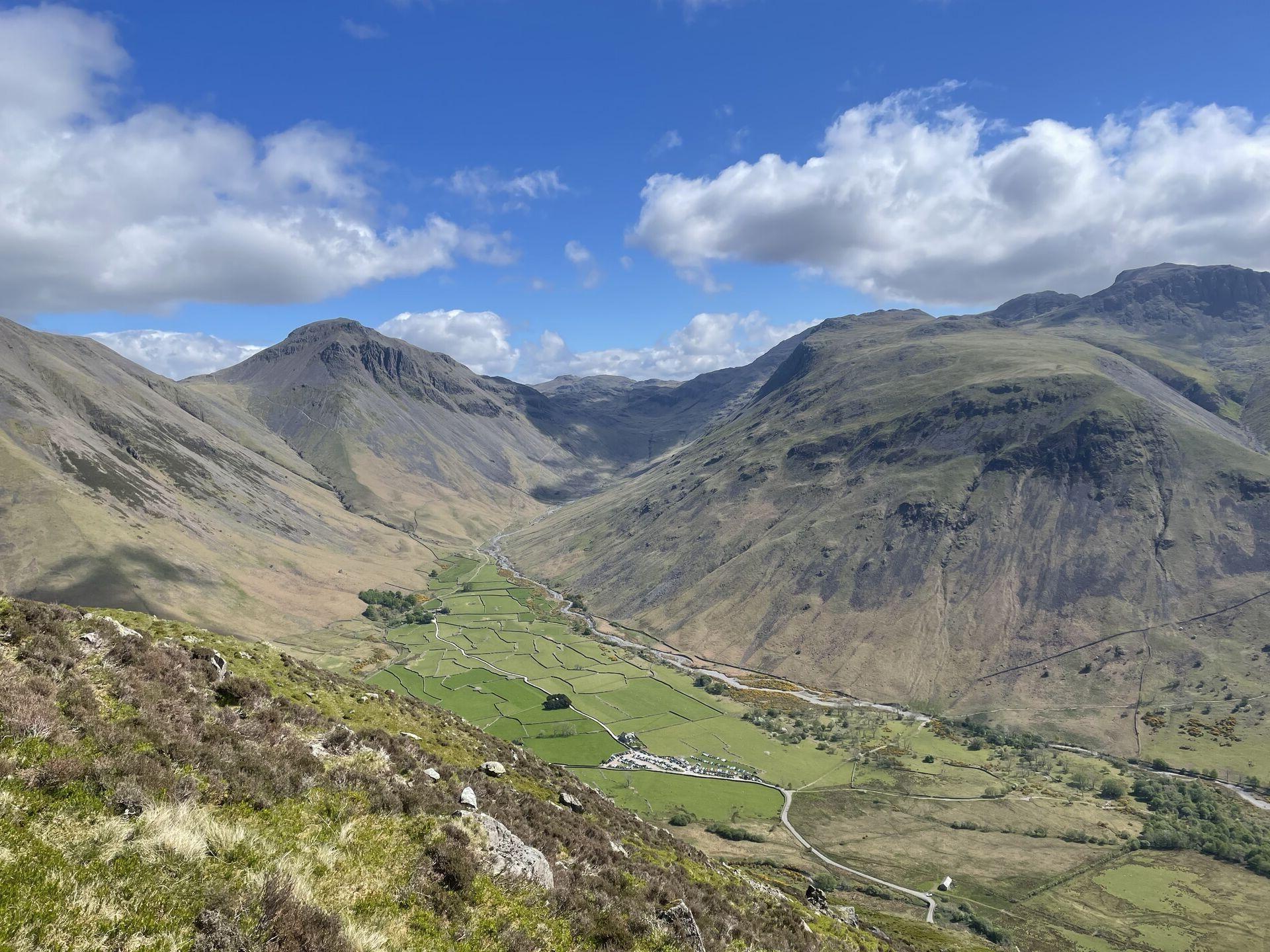
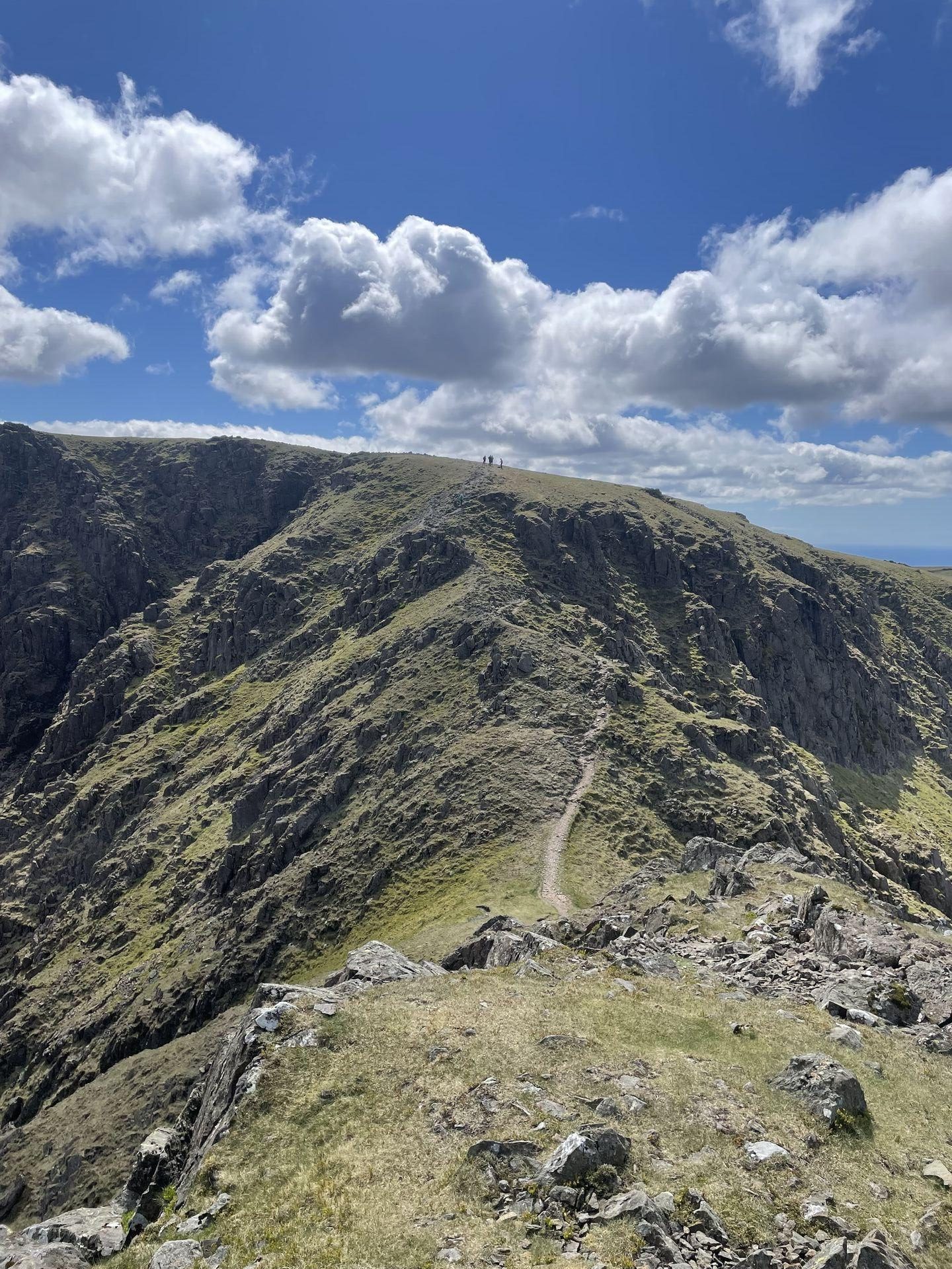
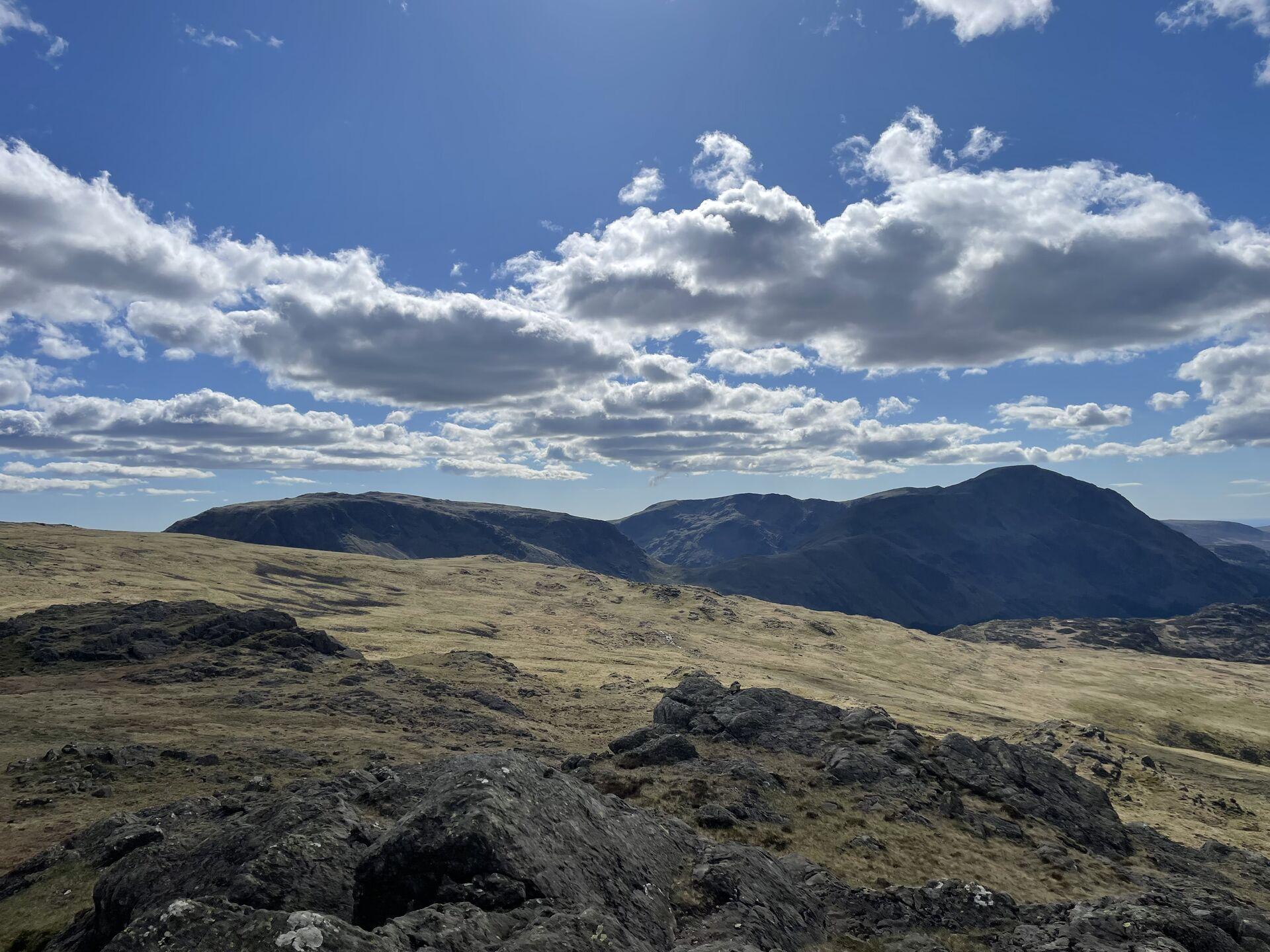
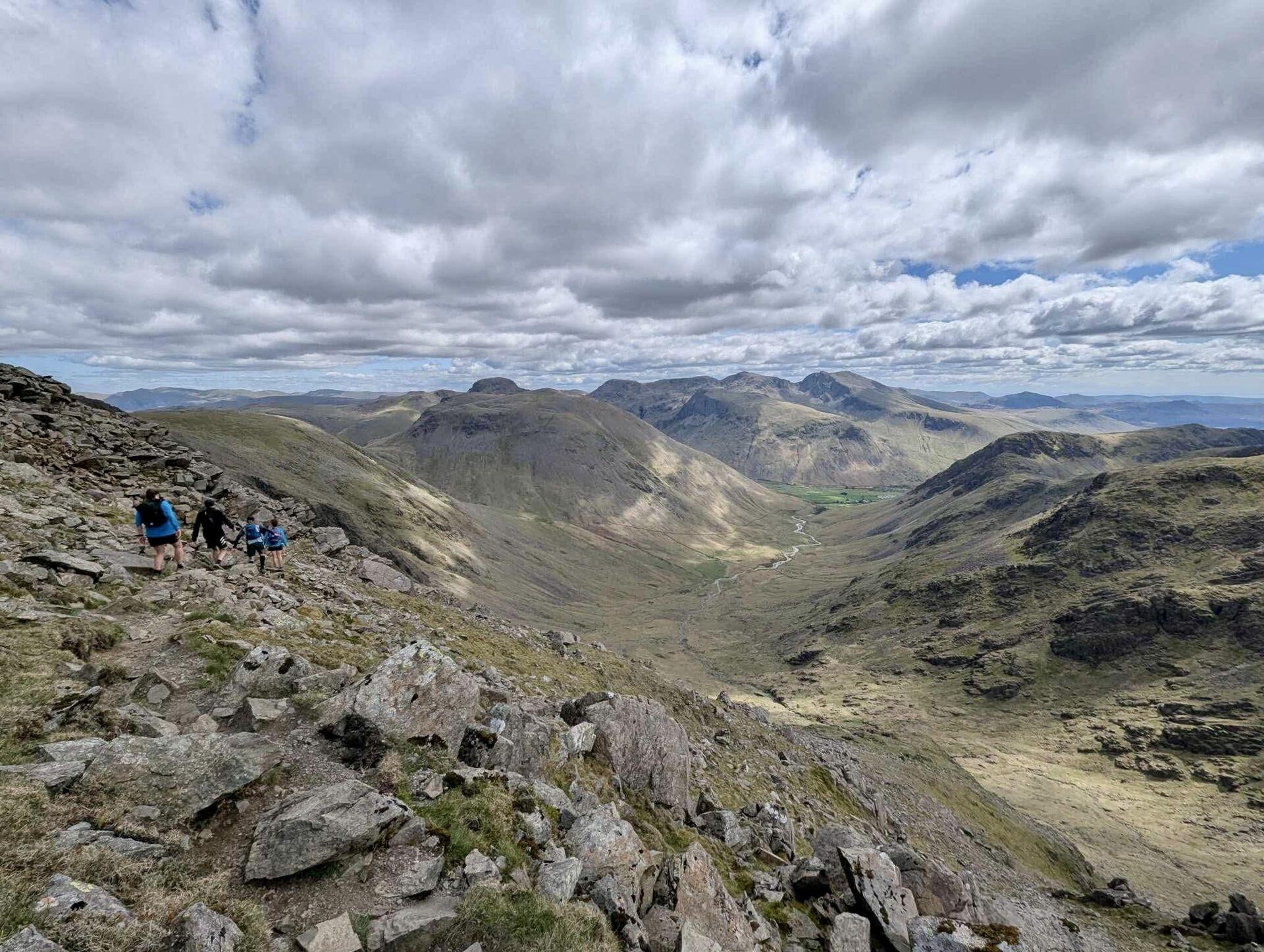
Pleased to report that it went well: either due to company, or fine weather, or dry conditions, or judicious use of salt capsules, I finished the 17-mile run in good fettle, a little tuckered out but not unable to keep climbing if necessary. A Bob is not in my immediate future, but I’m glad to know that I can at least dispatch pacing duties without catastrophe.
-
Neptune relays
First ever relay race, a 1.7-mile lap around Hardwick Park in Sedgefield. I love short-distance events like these; I always feel in the lead-up that I’m in the presence of minor Greatness. Young people with joints that can go for days and windswept hair and sunglasses and moustaches and reeking of the privilege of being a lifelong runner. Do I sound bitter.
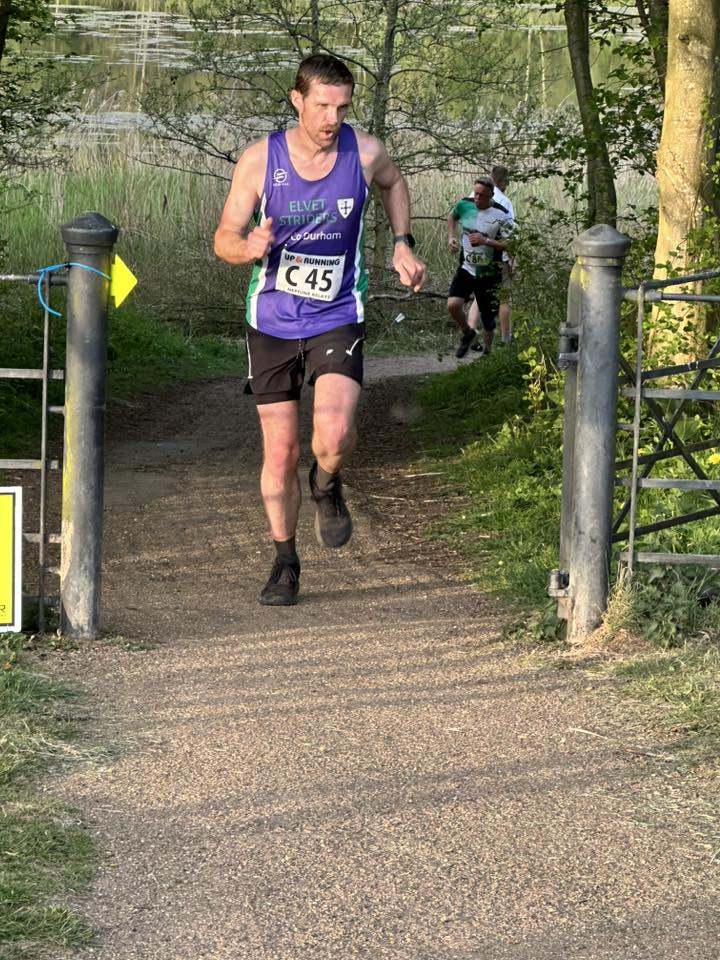
I finished in decent time, though at the end I felt that nagging feeling that I maybe left a little bit out on the course. Could I have eked another 10 seconds off? Another 20? Maybe. Maybe not. I’ll be back next year to find out.
-
Kagemusha (1980)

Kurosawa likes to do this things where he makes a scene three or four times longer than it needs to be just to try and give the audience time to appreciate the gravity of what’s happening. He does this during the nighttime battle at Takatenjin Castle, and he does this at the end when the army is slaughtered and there’s like 5 minutes of slowmo shots of horses kicking their legs in the air.
As a modern viewer this really robs the movie of its pace.
However, the parts of the movie where things are actually happening are a treat. Visually stunning, dramatic, propulsive. And Tetusya Nakadai is a treat as per usual. I could spend the rest of my life watching movies where he just stares traumatised into the middle distance.
-
Boston Marathon
Not that one.
After crashing out in spectacular fashion at the Loch Ness Marathon last year, I signed up for the Boston (Lincolnshire) Marathon intending to try and meet my four-hour goal.
Going into February or so, I was well on track. I was ahead of my plan, running consistently and running good distances, feeling positive.

Then, as spring started to blossom, I just kind of… fell off. We had visitors and then I got sick and we had a couple of busy weekends, and then before I knew it the race was two weeks out and it was too late to try and catch up.
The run went about as well as it could have. I ran the first 18ish miles at a remarkably even pace—probably some of the best long-distance running I’ve done. Then things just started to slip. I slowed down; that pain came back in my shoulder. I struggled through miles 19-25, and then sort of rallied just at the end.
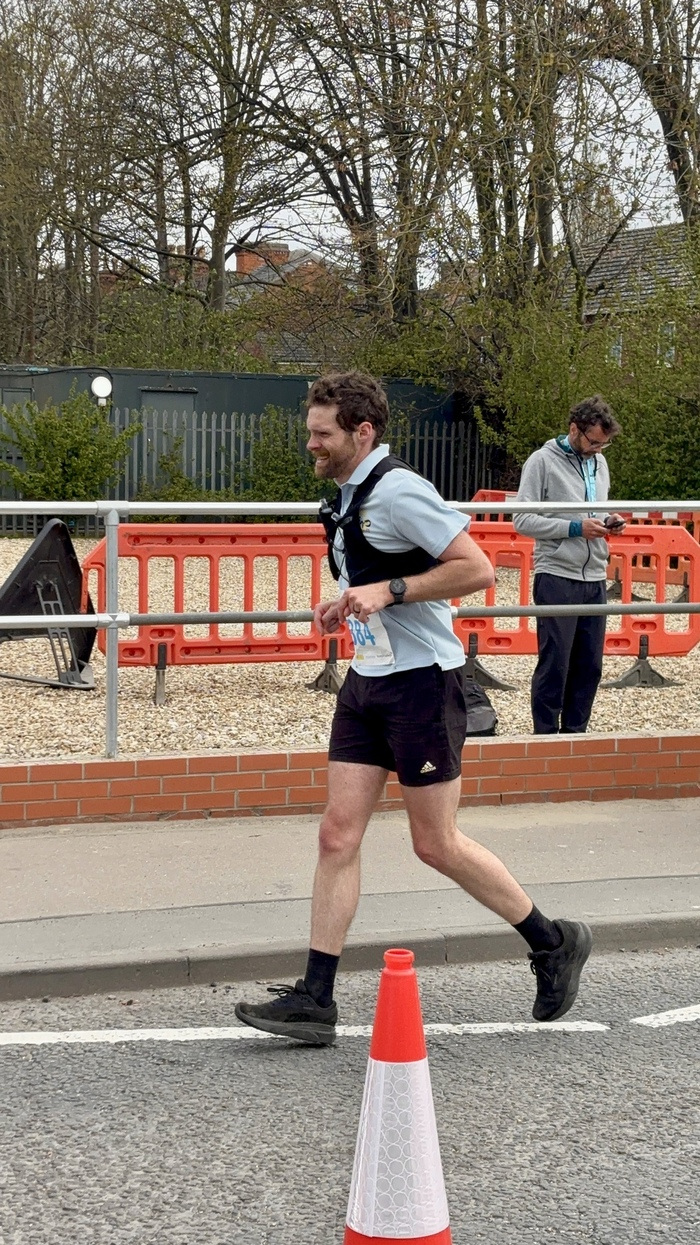
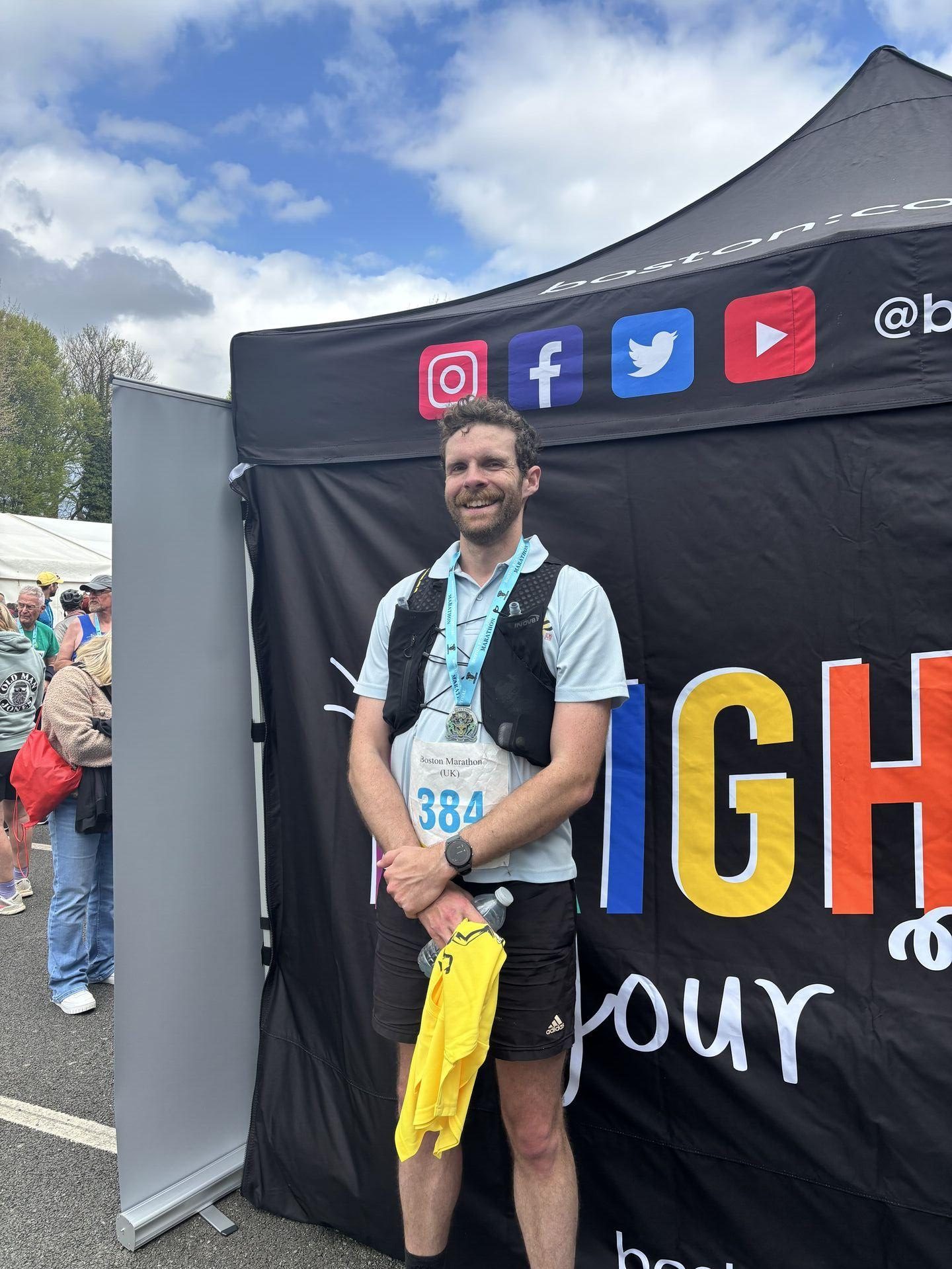
Didn’t even feel particularly bad afterwards: Sam and I drove up to Lincoln to do a bit of sightseeing and then I drove us home.
In retrospect I think I just didn’t do enough long running in training. I’m encouraged, however, by quite how relaxed it all felt; how unbroken I felt at the end. After Loch Ness I felt like a bit of a failure; but now I feel like I’m making progress.
Very slow progress.
-
Chernobyl (2019)
Sam and I watched this when it originally came out in 2019, but reading through Tony Judt’s Postwar: A History of Europe Since 1945 has tickled my longstanding interest in Russian culture and so I decided to rewatch the HBO Chernobyl miniseries again.
I’m not going to comment on whether the miniseries is an accurate representation of Russian culture. Anyway, the programme is still very good.
Now, I did think that the whole “the core purpose of the Soviet Union was to lie and shift around blame” stuff was a little heavyhanded. Maybe not totally off-base, but I don't need to be hammered over the head with it. The part where Shcherbina shows up and immediately Bryukhanov is like, “Here’s a list of the people responsible!” is fun and upsetting; but it’s also the capstone on maybe 4 or 5 scenes where his only lines are, “I’m definitely not to blame for this.” And the whole What is the cost of lies? bit that bookends the series lays it on thickly. I've just watched 5 episodes about the cost of lies, I know what the cost of lies is. Hey guys, did you know that lies and coverups were endemic in Soviet political culture? Wow!
Where the show ✨ shines ✨ is in its atmosphere. Oooh yeah give me more of those abstract patterns on wallpaper, on plush drapery, on shabby linoleum. I need more of those big Soviet mosaics, more poured concrete flowerboxes, more bare pipework in khruschyovka hallways. More painted iron doors with stencilled Cyrillic text on it. The stuffy rubberised liquidator suits. Those roughed-up plastic slides that Legasov uses during the trial to visualise nuclear activity inside of the core. The tiles inside of Moscow Hospital No. 6. The plastic curtains and pus-stained pillows. The big diesel trucks, the polyester suits, the drinking glasses and enamelware cups clinking against bottles of vodka. The fonts they used for the titles!

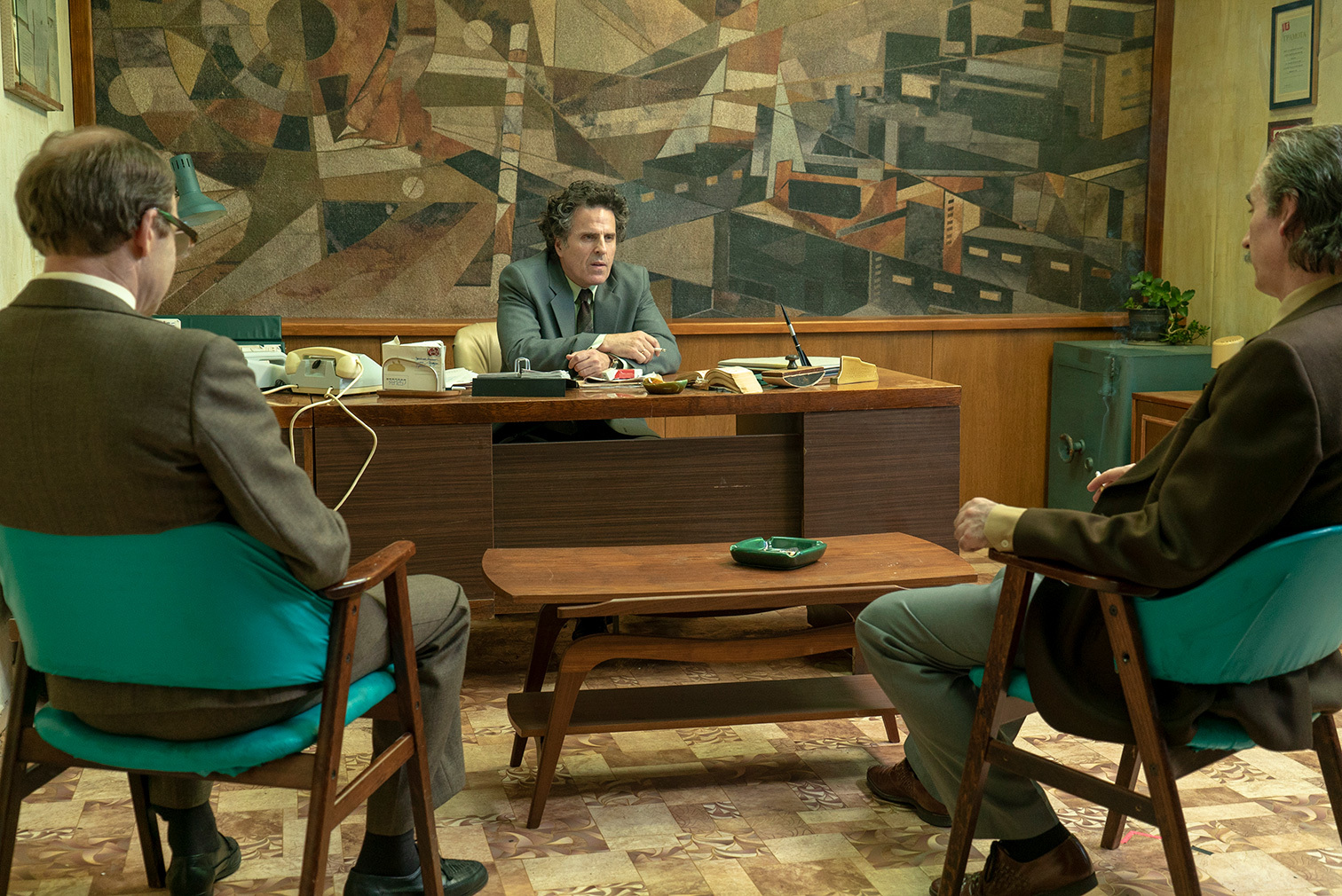
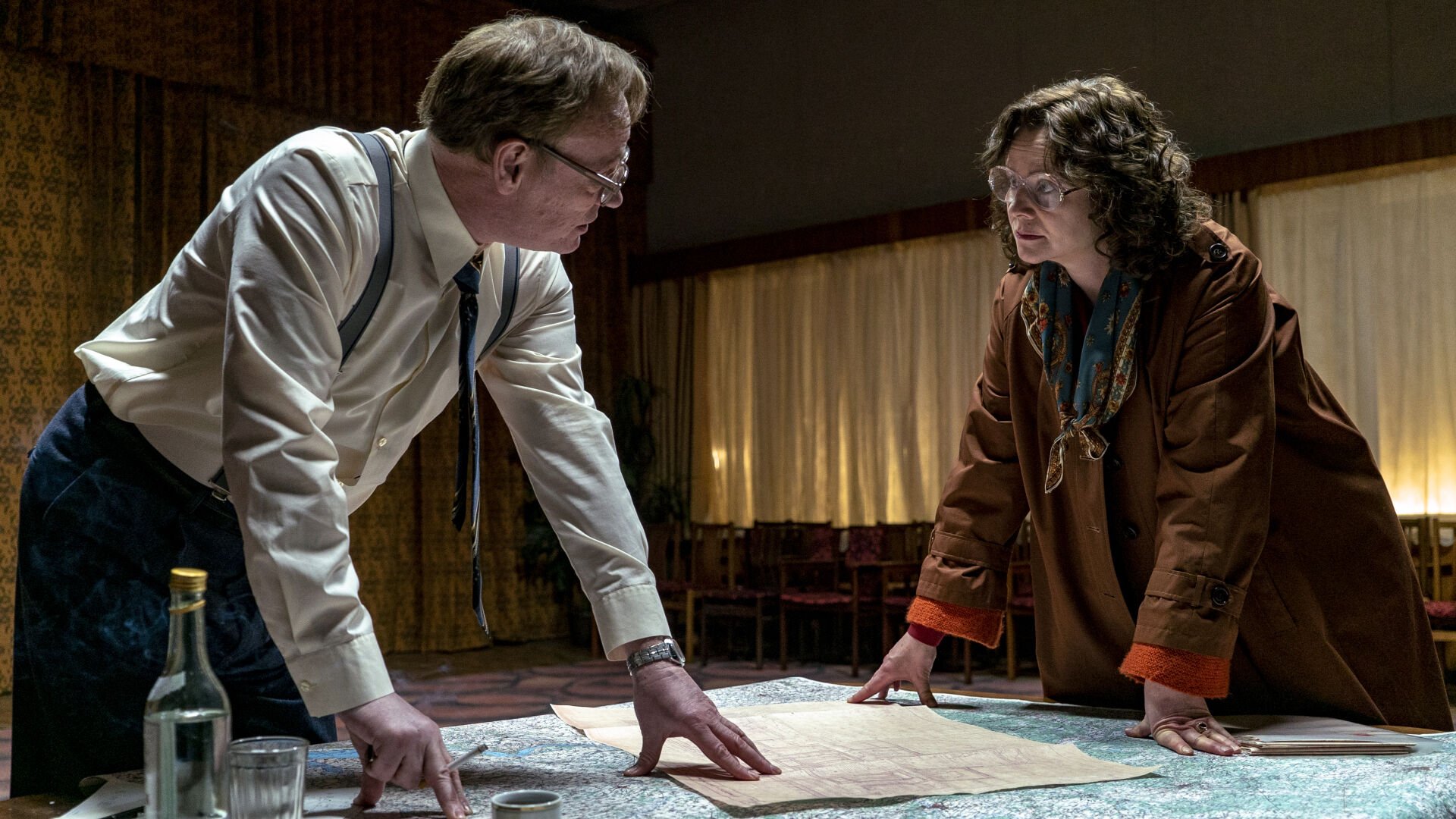
If it weren’t y’know in the midst of a total economic and political meltdown, I would have loved to live in the Soviet Union in the 1980s. To sit in my cramped kitchen reading state-approved literature. To wear sweater-vests and thick Bakelite eyeglasses. Like from a purely aesthetic point of view. I guess that’s why they keep putting Chernobyl in video games. It tickles the same itch for me as Miyazaki movies: a world I want to sink my fingers into and squeeze until my knuckles split.
I should move to Stevenage.
Archive
2025
April 2025
March 2025
-
Jonathan Strange & Mr Norrell - on TV!
31 -
Megalithic Portal
26 -
📚
How to be Perfect
26 -
Conclave (2024)
22 -
E & A in the UK: Tuesday
18Erika and Austin arrive in the UK; meet Ghyll; eat kebabs, donuts, and fish'n'chips; see Leake Church out the window; visit the local shop.
-
Now: 3 - 9 March 2025
9 -
📚
Jonathan Strange & Mr Norrell
9 -
Shakespeare on Genius.com
9 -
The Hazards of Love
7 -
Rationalism
7 -
Alnwick XC
5 -
Now: 24 February - 2 March 2025
5
February 2025
Currently showing latest 20 posts